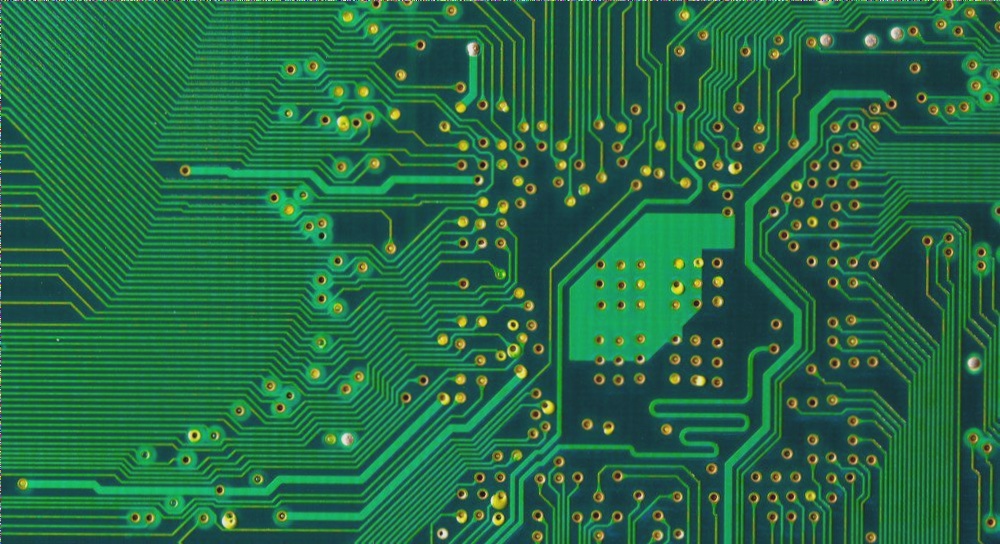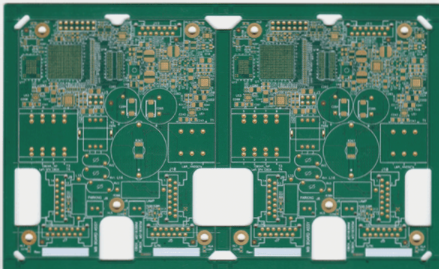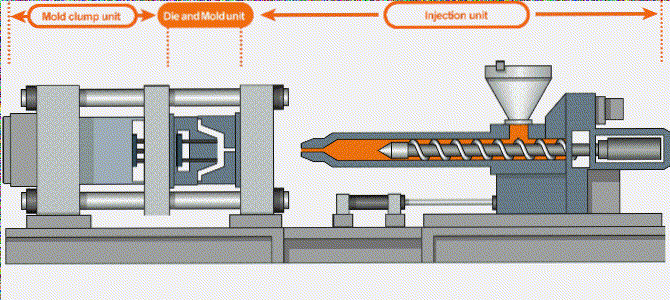Key Considerations for Flexible PCB Design
- Heat Dissipation: Flexible PCBs require wider wire widths to manage heat accumulation due to inferior heat dissipation capabilities.
- Shape Optimization: Favoring rectangular shapes and rounded inner corners helps economize substrate usage and prevent tearing.
- Wire Arrangement: Minimize wire widths and spacing while ensuring gradual transitions to avoid stress concentration.
- Bending Radii: Maximizing bending radii and using thinner laminates enhance flexibility and durability.
- Transition Zones: Careful pad placement and teardrop-shaped pads are crucial to prevent conductor breakage.
- Integration with Stiffeners: Combining flexible PCBs with rigid laminated stiffeners in mass production can reduce costs.
Design Disparities to Consider:
- Three-Dimensional Aspect: Flexible PCBs optimize space utilization and reduce laminates through flexibility and bending applications.
- Tolerance Requirements: Flexible plates have lower tolerance requirements compared to rigid ones.
- Design Strategies for Cost Reduction:
- Consider assembly methods and opt for smaller circuits when possible.
- Adhere to recommended tolerance guidelines and limit bonding areas.
- For circuits with few layers, using a stiffener is more economical than a rigid-flexible printed circuit.
- Specify appropriate binder thickness for copper-clad materials.
- Omitting shielding pads and overlay can lead to cost savings in certain cases.
By carefully considering these design principles and strategies, engineers can optimize the performance and cost-effectiveness of flexible PCBs in various electronic applications.



